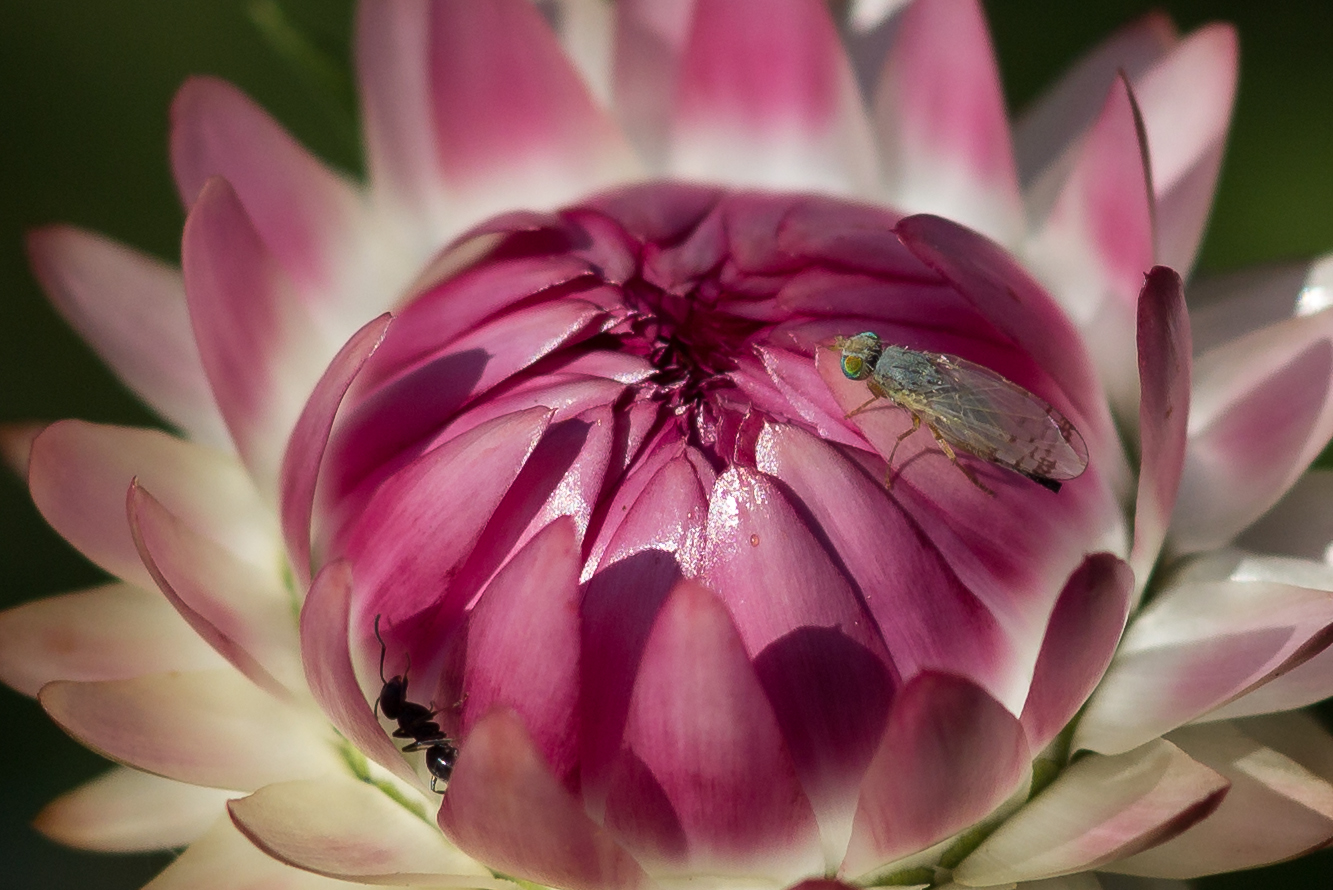Today we’re back with Ice Swimmer for the next chapter in his series Harakka, an Island. Thanks, Ice Swimmer. I’ll let you take it from here…
Chapter 2 – Uphill
In picture 1 we’re looking south. The low wooden building is the brackish water aquarium building. We’re going to go uphill, to our right.
A barnacle goose family is blocking our way. They’ve got little ones so the parents may get aggressive.
A closer look at the geese.
After a bit of an undocumented detour, the goose family is elsewhere so we can try going up the hill. It seems there’s a dead tree at the end of the road.
Indeed, a dead tree, a lamp post and a windmill/wind turbine. And there are a few gulls.
Going up the hill and looking at the gravel, one begins to wonder: “To whom does this island belong?”
The gulls are observing their surroundings and we can see a vaguely neoclassical building.



































